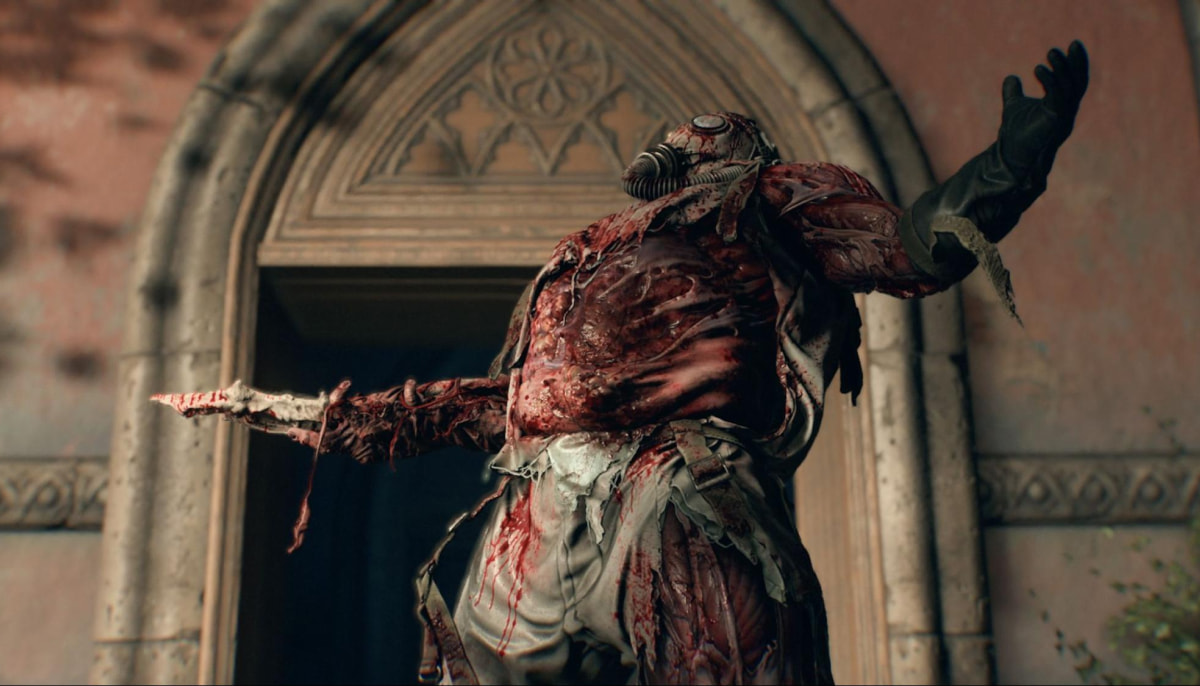By Em Stonham
Copyright escapistmagazine

Adding the next link in the Dying Light chain, Dying Light: The Beast is the latest and greatest from the team at Techland. With a blend of open-world exploration, gritty survival mechanics, and interesting lore snippets, it’s a fun and punchy experience.
If you’re wondering whether to pick up The Beast, you’ll find The Escapist’s full review below, looking at the core gameplay loop, the story, and the crucial game mechanics. We’ll also look at whether you need to play the first games or not to enjoy this title.
The Escapist recaps
Dying Light: The Beast is the latest instalment in the Dying Light series, following on after the original Dying Light game and The Following DLC. There’s a large time jump between the end of The Following and the start of The Beast. The Beast offers a perfect blend of zombie-crushing and parkour, featuring a fast-paced and exciting style of play. The story took somewhat of a backseat to the gameplay loop, but there were still plenty of interesting moments. The game world was a delight to explore with the parkour mechanics, featuring a slew of gorgeous environments. While it is recommended to dip into the rest of the Dying Light series, it’s not a mandatory objective to complete before playing The Beast. This review was written by someone who’d never played Dying Light games, while it’s likely a few references were missed, it was still plenty of fun and the campaign made sense.
Explosive mix of zombie-killing and rooftop-hopping
In Dying Light: The Beast, you play as Kyle Crane, the protagonist from the first Dying Light game. Kyle was captured after the end of The Following DLC, taken by an evil mastermind called the Baron, and subjected to cruel experiments, resulting in him becoming something not-quite-human.
After breaking free, Kyle wants to kill the Baron. This is where the story really began, taking Kyle through ravaged buildings and desolate rooftops on his mission, throwing him into the mix with other apocalypse survivors. The roster of characters is vast and vibrant, with plenty of friends and foes to encounter.
While the story was entertaining, with a main campaign and a barrage of side quests to follow, The Beast’s main selling point is undoubtedly its mix of gameplay styles.
The game blends survival horror with open-world exploration, with Kyle being both deadly on the battlefield and on the rooftops. Parkour is a core pillar of the Dying Light world, and movement feels fantastic in The Beast.
Kyle can clamber over telephone wires, tumble over barricades, and vault from building to building, making traversing the open world feel like a breeze. It helped that the world was beautiful, too – despite the hordes of shambling undead having rooftop parties, the game was a visual treat.
More travel options opened up later in the game, along with skills and abilities from the detailed skill tree, meaning the movement started off good and just kept getting better.
Combat is hellishly fun, too. Kyle feels immediately strong from the get-go, able to lean into his monstrous powers and activate a secondary style of fighting.
There are scores of melee weapons to pick up and batter zombies with, along with plenty of guns and additional combat tools like Molotov cocktails, each feeling responsive. Slashing at enemies with a machete will result in them losing limbs or being decapitated, while setting them on fire will result in visible burn marks.
The Beast did feel like it leaned more towards the survival element of survival horror rather than the horror aspect, which was heightened by Kyle feeling so powerful.
While this may not be an issue for some players, the anxiety of having to face off against a boss or horde felt significantly less intense than in other survival horror titles due to Kyle being an agile behemoth.
There was a decent increase in difficulty with later bosses, with some particularly fun designs and fight structures, but Kyle still felt like an unstoppable force who could pulverize them with his bare hands.
On a slightly different note, one of the best things about the combat in The Beast was having the ability to boot a zombie off of a building and send them ragdolling down to the ground.
Interestingly, zombies will sometimes deal with themselves for you by slipping off a rooftop or tumbling down a staircase without any intervention. Pretty helpful if you’re about to pick your way through a particularly packed area of the map.
Gorgeous in the day, eerie at night
In keeping with the Dying Light franchise, there are two distinct halves of the game to enjoy – daytime and nighttime.
The daytime is vibrant and makes Kyle feel incredibly strong, providing plenty of time to explore, pick up materials, and complete side quests while working on the main campaign. There are still plenty of zombies out on the streets, but they feel less threatening in the daytime and are less prone to sneaking up on you.
In contrast, the nighttime provides deeper threats, with looming shadows indicating when things are about to take a trickier turn.
Particularly strong zombies can start a Chase at night if they spot Kyle, signalling a horde to begin swarming after him as he scurries from rooftop to rooftop. The sound design was solid – headphones will help you keep track of enemies easily – and the unique monster designs felt particularly creepy at night.
The elements of stealth in the nighttime sequences were a blast. Using a gun was too noisy at night, and flashing the torch at the wrong time could start a Chase, so the optimal way to navigate was to stealthily take down enemies one by one. It added a nice layer of depth.
Something that held true for both the daytime and nighttime was the sheer quality of the world. Each area of the world felt meticulously crafted, clearly built with love, and it was easy to get pulled away from the main quest simply by the allure of exploring a new area.
There were scores of secrets, collectibles, and easter eggs to uncover, too, adding to the mystique of new buildings or cordoned-off sections of the map.
Ducking into that cramped tunnel might result in a zombie popping up – but there could be a collectible in there too. Exploration felt truly rewarding, as it was rare to leave a new building or hidden tunnel without getting something for your time. While there were no breakable elements like smashable boxes or windows, exploration was still a delight.
Plenty to explore, craft, and uncover
Despite falling into the survival horror category and offering some tense moments, The Beast’s emphasis felt mostly placed on the survival niche itself. This was evident in its rich crafting and scavenging systems.
To survive the harsh realities of a post-apocalyptic world, players need to hunt for key resources, enhance their gear, and mend their weapons. Searching every dusty corner and weather-beaten rooftop can make the difference between barely scraping through a horde fight and coming out without a scratch.
The variety of melee weapons on offer was a lot of fun, although it was disappointing not to be able to use the guitar that popped up in the early stages of the game. The weapon enhancement system helped to make each melee tool feel suitably punchy.
The skill tree and leveling systems were robust, letting Kyle get stronger in key areas like parkour and stealth, offering a true sense of progression.
To get stronger, players need to hunt down the chimeras – unique bosses with valuable boosters running through their veins. Defeating these creatures opens up new areas of the skill tree. It was a neat in-game explanation for the skill tree.
Fair warning, if you’re someone who doesn’t like needles, Kyle will inject himself with chimera blood after each fight. Yum.
In terms of performance and quality, Dying Light: The Beast performed well and looked fantastic, with solid audio and visual quality.
This review was completed on a PS5, and there were no noticeable issues with frame drops, visual quirks, or glitches, other than a handful of slower moments in the introductory cutscenes and a rope in the second safe zone that completely changed colors between animations.
Something that did present as an issue from the start was the choice to feature white subtitles without a dark outline or shadow. There were numerous instances where the subtitles were hard to read – impossible in some cases – due to the light backgrounds and lighting effects. For players who rely on the subtitles, this may hinder their experience.
Other than this, Dying Light: The Beast was a joy to play through. It was explosive and fun, with a decent story and stellar gameplay loop. The blend of parkour and zombie-killing made for an adrenaline-packed experience, enhanced by the intricate crafting, scavenging, and leveling up systems. It’s a worthwhile pick-up for any zombie-killing fan.
Ask The Escapist



